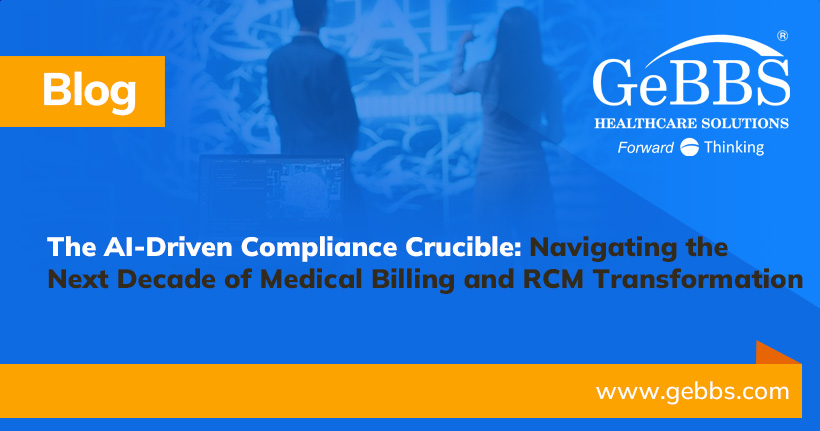In the world of revenue cycle management, there’s always opportunities for improvement. Margins continue to shrink and healthcare payment reform continues to complicate collecting payments. The uncertainties facing hospitals and revenue cycle management executives are mounting. As leaders strive to enhance their key financial metrics and to prepare for continued unpredictability, several key strategies have emerged that don’t show signs of slowing down for the rest of this year.
Outsourcing
Healthcare costs – especially for inpatient services – are no longer sustainable in today’s complex economy of alternative payment models. As such, many are already outsourcing certain healthcare RCM functions – and those that aren’t already are certainly considering doing so. According to a recent survey conducted by Black Book Research, which queried more than 700 high-level healthcare RCM leaders, indicates that 98% of hospital leaders are considering outsourcing both clinical and non-clinical functions in order to focus on their core services. According to the study, hospitals need to reduce their overhead costs by 24% just to break even – making revenue cycle management a prime target for outsourcing for obvious reasons. Survey data from 2017 indicates that healthcare organizations who choose to outsource maintain positive relationships with their vendors. Specifically, 81% of hospital clients in this survey reported that their outsourcing vendors’ service had exceeded their expectations – signaling that healthcare organizations are performing their due diligence before making an outsourcing decision.
Price Transparency
While healthcare remains one of the least transparent of all industries when it comes to pricing, consumers and legislators are working hard to change that – putting significant pressure on healthcare providers and organizations to get on board. On January 1, 2019, CMS regulations required all hospitals to post a standard list of charges on their websites – although, at this point, that data remains relatively useless to consumers who couldn’t possibly wade through thousands of lines of data to determine anticipated costs for healthcare services. What this policy is doing, however, is pressuring hospitals to think about how they can better help patients estimate their out-of-pocket costs prior to an encounter. While this isn’t always possible, payers and hospitals are working together to determine when it is possible – in more predictable cases such as labor and delivery; certain routine orthopedic procedures; and other ancillary services such as imaging procedures and lab tests. Even the major EMRs are getting on board by providing cost estimate tools that, while aren’t perfect yet, are helping some providers get ahead of the curve on price transparency. This will help hospitals improve their revenue cycle management by allowing patients to better prepare for their out-of-pocket costs, which can have a downstream impact on collections.
Consolidation
While the term “mergers and acquisitions” is a term more commonly used in the corporate world, consolidation is moving into healthcare faster than ever as hospitals realize the benefits that come with size. These benefits include better leverage for payer negotiations, joint purchasing power, shared staffing resources, among others. Physician practice acquisition has been steadily growing for the past decade as physicians realize it’s easier to give up the administrative side of the business and focus on delivering great care. Smaller rural hospitals that struggle to make ends meet are getting gobbled up by tertiary referral centers who can benefit from downstream referral volume.
Parent healthcare organizations are finding the alignment of hospital and physician IT systems can have a significant impact on their revenue cycle. Those systems who put the time and energy into aligning systems across their full enterprise often see greater collections against billed charges, as well as several other key performance indicators.
In conclusion, healthcare is an industry that is ever-changing. Hospitals particularly cannot rest on their laurels during a critical time of transformation and reform. As consumers and payers demand greater value, quality and patient satisfaction – these three trends are strategies helping many hospitals remain competitive.
GeBBS provides a comprehensive range of revenue cycle management solutions, serving thousands of hospitals and healthcare organizations nationwide. To learn more GeBBS technology enabled solutions, contact us Today.






